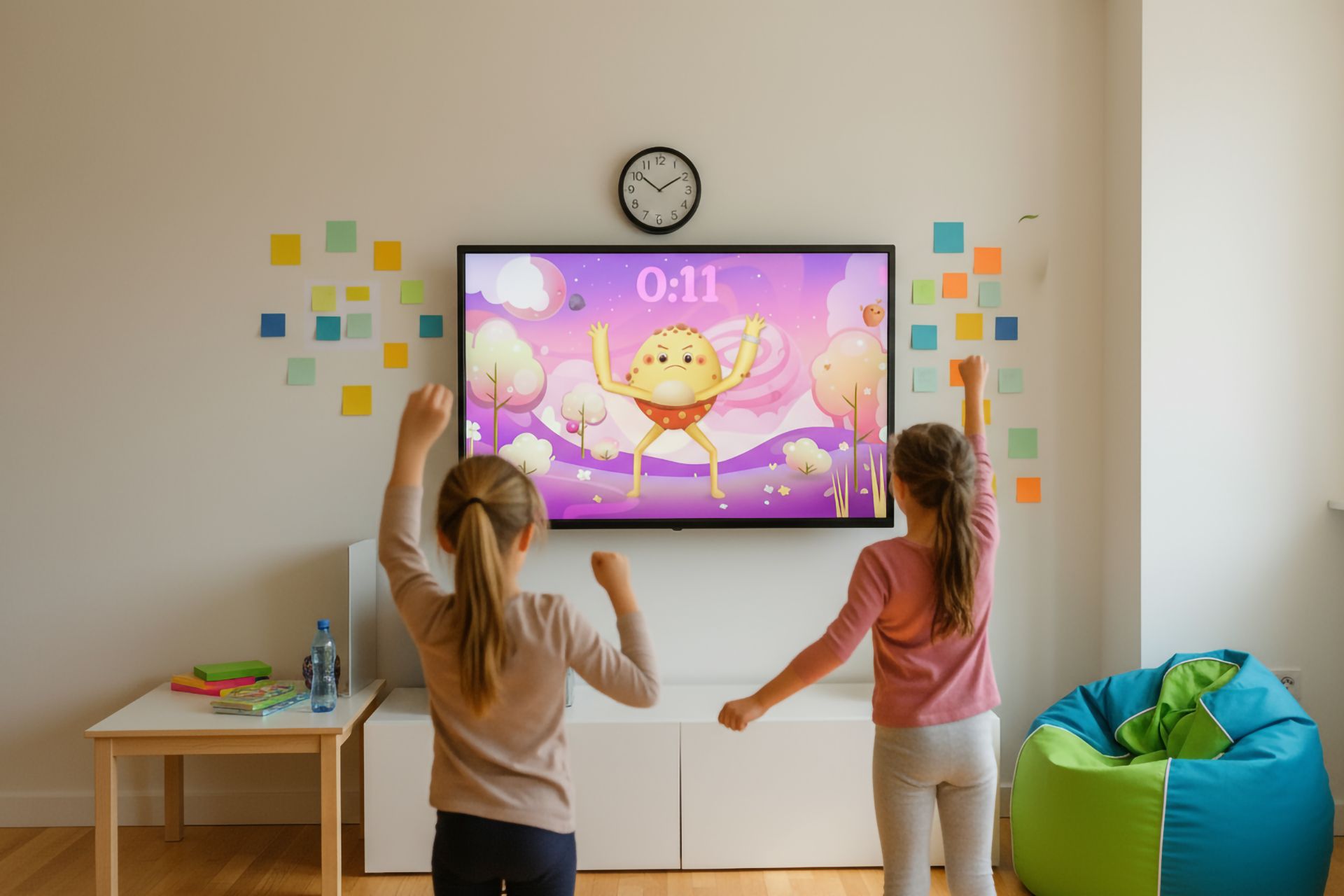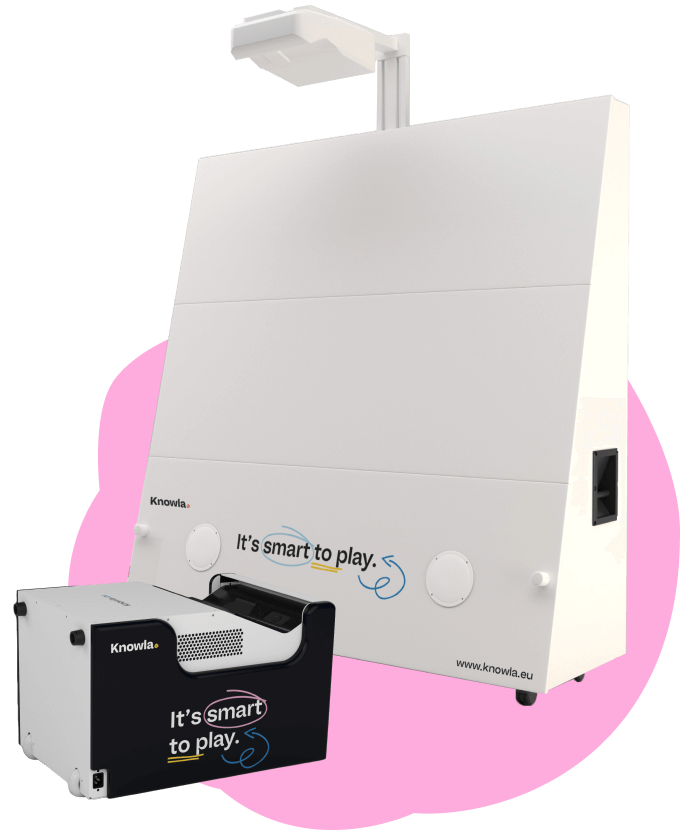Nowadays, there is increasing talk about the impact of technology on young minds and their well-being. Questions are being raised about how much time children should spend in front of screens and how to minimize the potential side effects of digital media use.
Completely isolating children from screens and new technologies seems unrealistic today. Indeed, the digital world is becoming an integral part of everyday life. Instead of trying to avoid it, it is worth helping children learn to navigate it consciously and safely, preparing them for the challenges that this world brings.
That’s why it’s so important that our educational and child-rearing activities are aligned with modern realities. We can work together to find solutions that integrate technology with concerns for children’s mental, physical and social health, creating a space where digital tools support development rather than interfere with it.
Screens surround the child
According to the report “Internet of Children Monitoring Report on Children and Youth Online Presence. March 2025” Institute for Digital Citizenship, 91.54% of children aged 7-14 connected to the Internet at least once a day and spent as much as 4h 29 min here. For older users (15-18 years old) it was similar. 90.28% of adolescents visit the Internet every day and spent an average of 4h 28 min there. The most used device was a phone/tablet.
Today, such figures no longer particularly surprise anyone. We live in a reality in which both children and adults spend a lot of time in the digital world. We adults often work at the computer for hours on end, only to switch to the phone or an evening movie. Not surprisingly, young people observe this and learn to function in a similar way, using the Web to study, connect with peers or simply entertain themselves.
The Internet has also become a place where some people look for emotional or social support, which was particularly evident during the pandemic. For many, it has become a space that connects the inner and outer worlds.
In all of this, however, it is worth striking a balance. Digital hygiene does not have to mean giving up technology, but rather using it skillfully. Sometimes all it takes is a short break: a look out the window, a deep breath, a walk or a face-to-face conversation. It’s also worthwhile to take care of offline time: physical activity, relationships with loved ones, resting without screens. These are small steps that help maintain well-being in an increasingly online world.
Why isn’t Knowla another screen?
The Knowla Box and Knowla Wall use Epson’s state-of-the-art projection technology, based on laser projection with surface reflection. This means that the light does not go directly to the user’s eyes, but reflects off the surface (such as the floor or wall), significantly reducing visual fatigue, even during prolonged use.
Using a laser light source, the image remains clear, and the display is safer and more comfortable for children’s eyesight than traditional direct light-emitting screens.
The image generated by Knowla devices naturally fits into the space, transforming it into an interactive and engaging surface. Knowla Wall displays the projection on its dedicated structure, while Knowla Box allows the image to be presented on any wall or floor. In this way, not just any surface can act as a screen and become a magic carpet, a magic wall, an interactive play space or a responsive portal to the digital world that responds to a child’s movement and activity.
Knowla’s devices support content with interactive pens that allow students to write, draw and perform exercises to promote fine motor development. In addition, Knowla’s system responds to ball tosses, which, when hit on the displayed image, activate the indicated elements, acting as a clicker. This kind of interaction can be used as group training to support the development of large motor skills and social skills such as cooperation, communication and team decision-making.
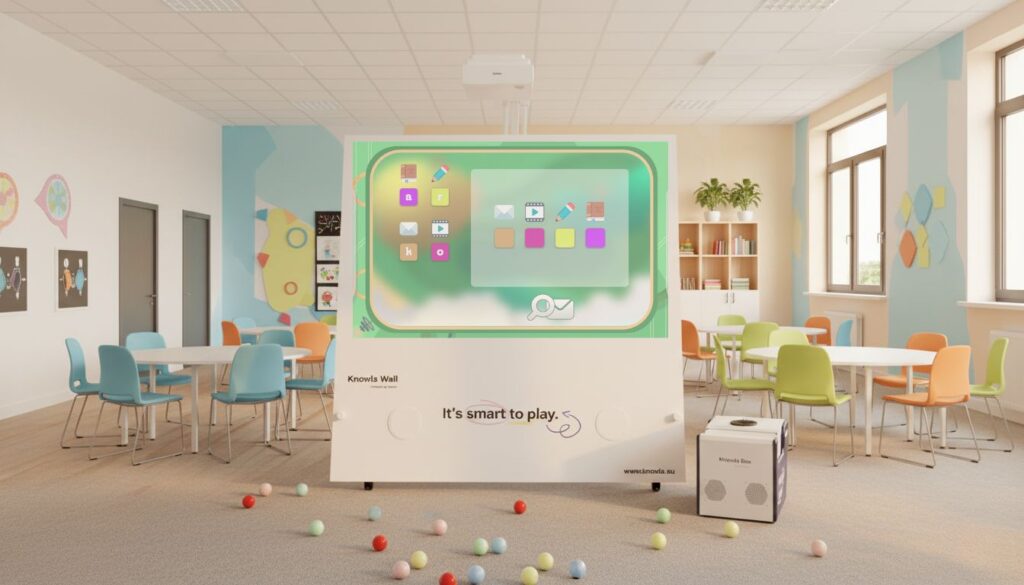
We need modern health education
Modern health education, that is:
- Supports emotional and social development, including the development of empathy
- Teaches effective and age-appropriate strategies for regulating emotions and reducing tension
- Supports young people to build mental resilience and teaches them that asking for help is an important and natural step in taking care of themselves
- Supports building social relationships in the real and digital worlds
- Supports building safe peer relationships and teaches how to respond to violence at school and online
- teaches how to recognize one’s needs and to set boundaries in relationships with courage, but also with respect
- Helps children understand what it is to live in a community and teaches cooperation, respect and responsibility for others
- Introduces children to the world of daily preventive health care and shows them how to take care of themselves to avoid diseases
- Supports the conversation about the changes occurring in the body, in a way that is natural and age-appropriate for the child
- Encourages daily movement and shows how physical activity affects health, well-being and concentration
- communicates the principles of healthy eating in an accessible way and teaches how to make wise choices
- Explains to children why sleep is important for their energy, well-being and development
- Raises awareness of how excess screens can affect the brain, concentration, emotions and sleep quality; Without scaring but with care
- Supports children in learning to manage stress, plan time, rest and use technology in moderation
- teaches children how to use the Internet safely and responsibly and how to protect themselves on social media
- Helps build daily routines that support health and well-being, such as a quiet evening without screens
- teaches how to plan the day in a way that takes into account study, rest, movement and leisure time
- plans the day in a balanced way
- fosters a sense of empowerment and teaches that health is something that can and should be taken care of every day to the best of one’s ability
As you can see, the list also partly applies to the functioning of the child in the digital space. After all, it’s hard to demarcate different spheres of life, even if some relationships have moved to the Internet and are continued through instant messaging. Information drawn from websites has replaced the use of book encyclopedias.
Health education should first and foremost support children and young people in learning how to use what the modern world offers wisely and with care for their mental, physical and social health. It is not about banning technology, but about showing how to use it consciously and in moderation. It’s about ensuring that young people understand their body’s needs and are able to notice them, so that they know when they need sleep, movement, a moment of silence or close relationships outside the online world.
How to talk about health so children will listen?
Modern education faces many challenges related to students’ concentration and processing of information. A growing body of research indicates that the fast pace of life, excess stimuli, and widespread access to technology can affect the difficulty of maintaining attention and effectively absorbing knowledge especially in a traditional lecture format.
Instead of treating this as a problem, it is worth treating it as a spur to action. Adapting teaching methods to modern realities and incorporating current findings from cognitive psychology can significantly improve the quality of memorization and student engagement – to the benefit of both students and teachers.
Children and young people learn most effectively through action, emotion and direct experience. It is these elements that they often find in the world of the Internet, so it makes sense to consciously use their natural interests and habits to better engage them in the educational process.
In health education, methods that:
- engage – using apps, games, quizzes or challenges,
- explain the mechanisms, rather than limiting themselves to just the effects,
- allow you to experience and experiment,
- Support the independent search for knowledge and drawing conclusions,
- show practical solutions, not just problems.
The edutainment approach, which combines education with elements of entertainment, is increasingly valuable today. Interactive activities not only help students better understand the functioning of their own bodies and emotions, but also build intrinsic motivation and a sense of empowerment.
Planet Zzz: a modern tool for smart health education
Planet Zzz is a set of multimedia applications that, through fun and attractive forms of interaction, encourages the acquisition of knowledge in the field of health education, including healthy habits, pro-health attitudes or the ability to take care of themselves and their needs.
It is centered around 7 key areas: healthy eating, personal hygiene, physical activity, sleep, safety, emotions and relationships, and mindfulness exercises. The educational applications are tailored to two age groups so as to best meet the developmental needs of children and adolescents at different educational stages.
All apps are designed as interactive educational tools that teach through fun and active involvement of the child.
The educational app “Superhero of Cleanliness” demonstrates in an easy-to-understand way how bacteria and pollutants are transmitted, as well as teaches the correct sequence of hygiene activities. Thanks to the attractive visuals and engaging gameplay, the child simultaneously plays and learns important health habits in a way that is suitable for his age and cognitive abilities.
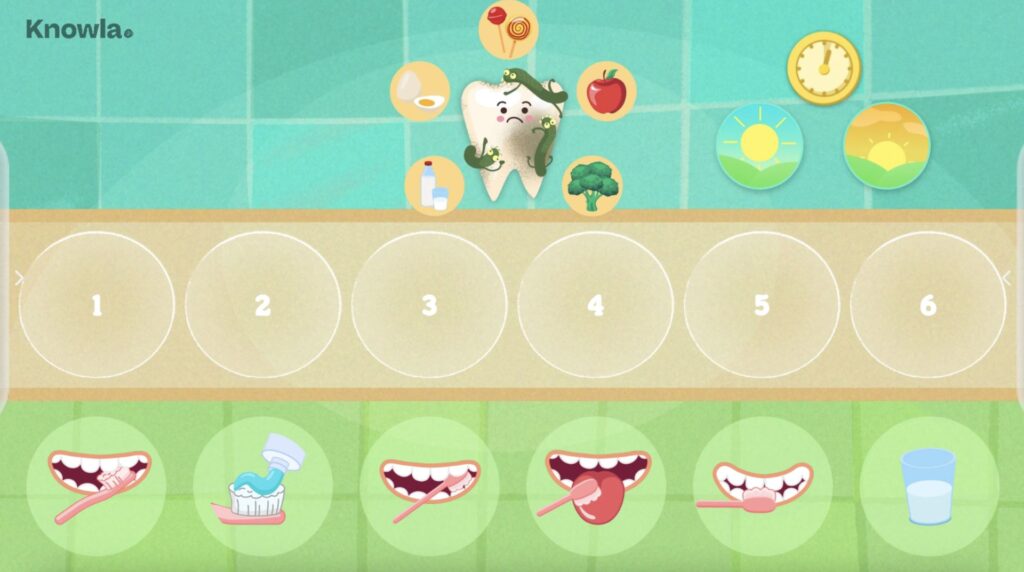
Another example is the Emotional Adventures app, whose child recognizes a variety of emotional states in a given situational context. This allows for the recognition and understanding of emotions, but can also promote the child’s social development.
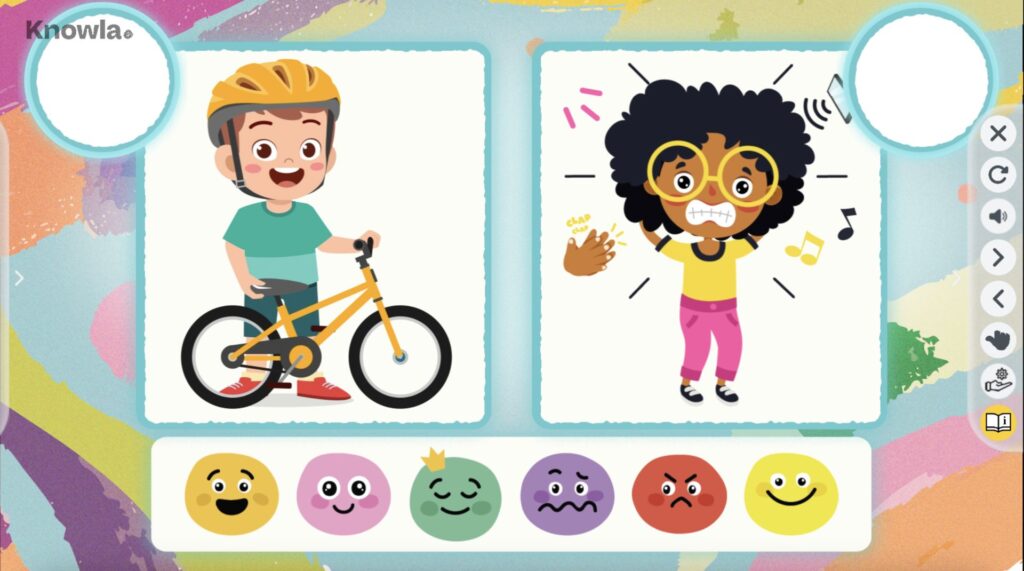
Digital health is the competence of the future
The ability to take care of body and mind in a world full of screens is not a fad, but one of the key competencies that will be of great importance in the adult lives of children and young people. Developing healthy digital habits early on allows them to function in a more conscious, balanced and congruent way.
In health education, it is worth remembering that digital competencies, including computer skills, are as important as knowledge about healthy eating or physical activity. Young people need the space and tools to help them better understand themselves in the world of technology and learn how to use it in ways that support their well-being.
No less important is the role of adults – parents, teachers, educators – who can accompany children and young people in building attitudes based on conscious concern for health. By showing them that this is not an obligation, but an investment in themselves and their future, we help them find a balance between the digital and real worlds. Teachers today have a unique opportunity not only to impart knowledge, but also to shape attitudes that will support young people in leading healthy, balanced lives in an increasingly digital reality.
